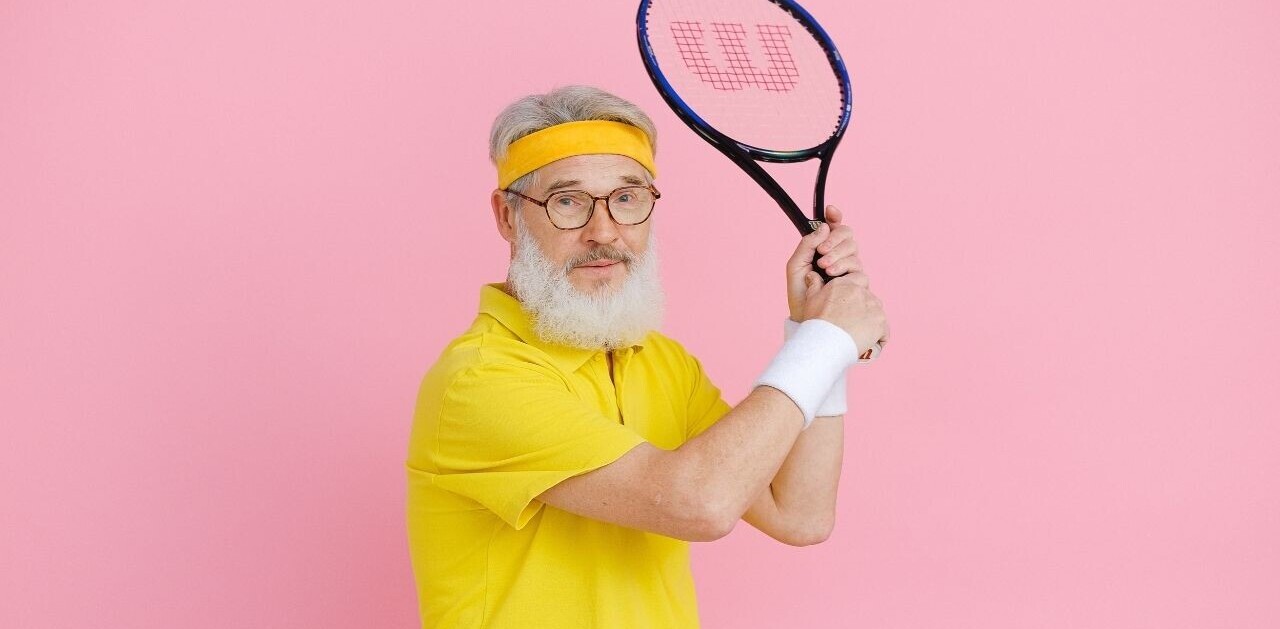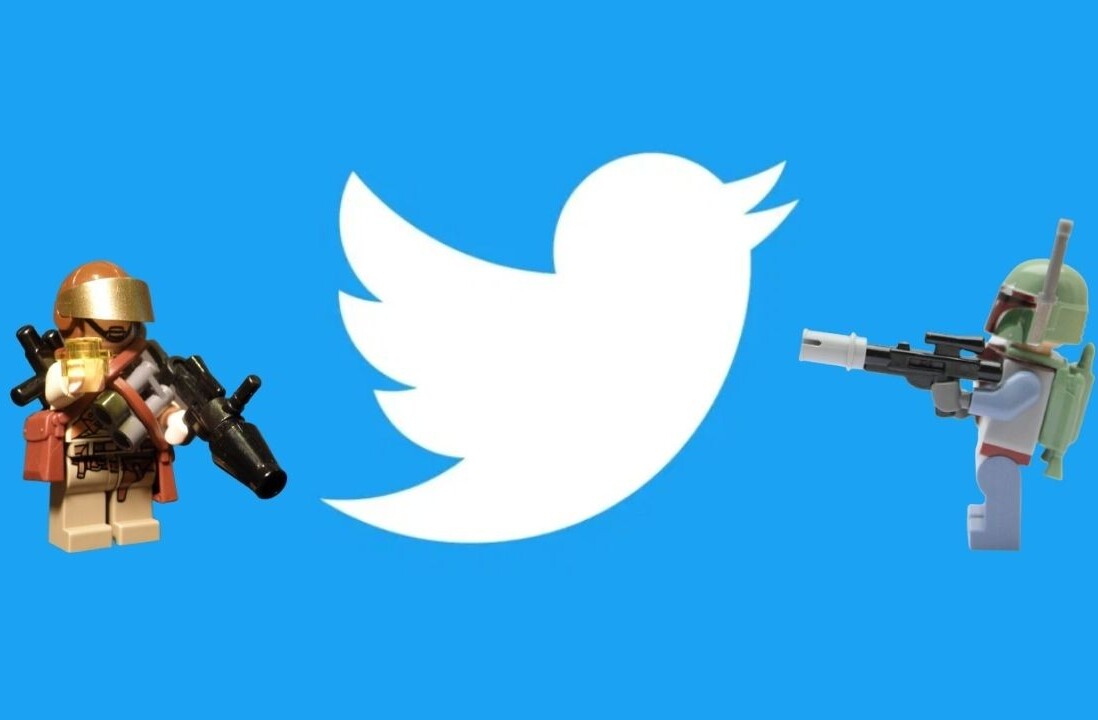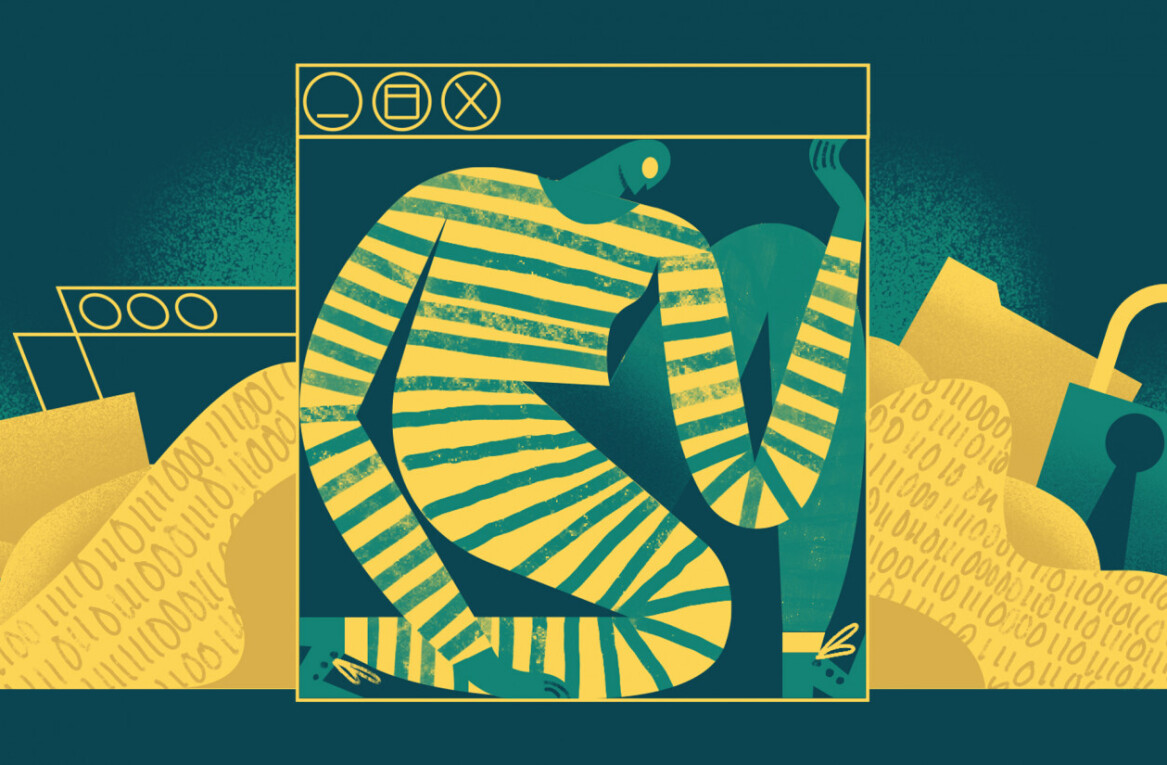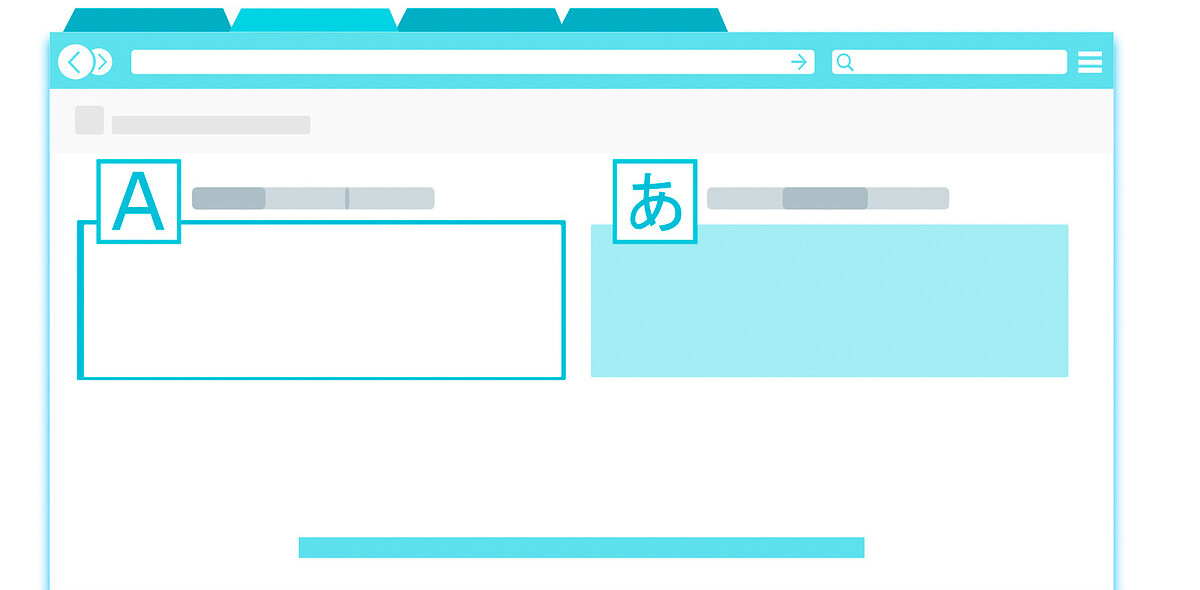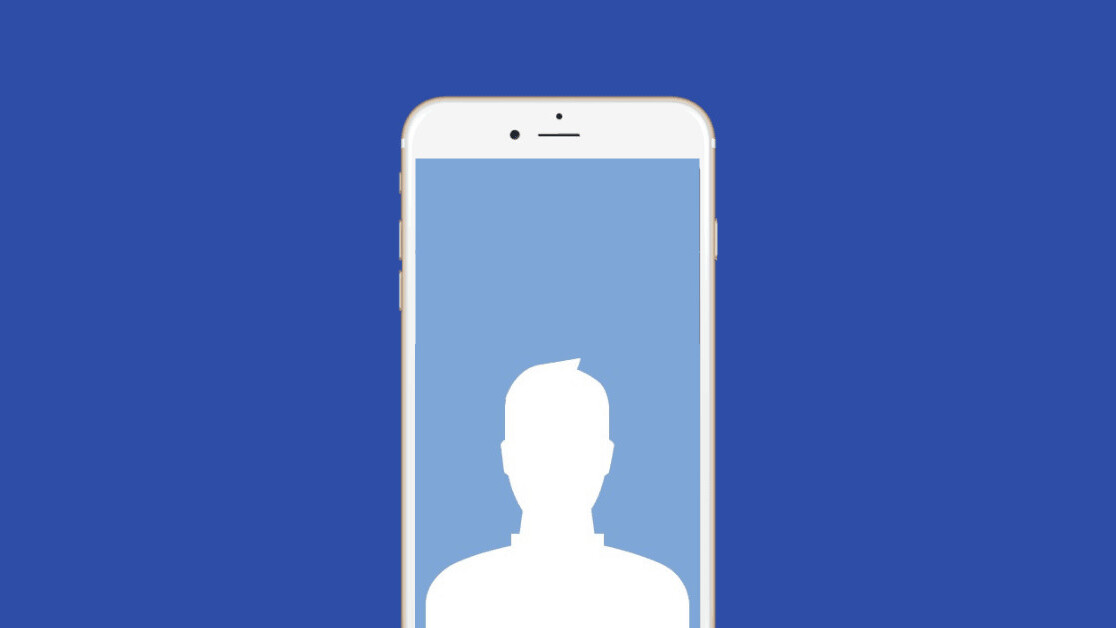
Icons, which may seem like a small part of the digital landscape, reveal larger issues of unconscious bias in tech and beyond.
In many instances I can recall, ranging from company presentations to popular apps and websites, the main icons displayed were obviously representative of men. At best, this shows women were not taken into consideration when the product team designed and developed the product. At worst, it isolates women to feel like they are not the intended audience or priority.
Perhaps I’m more cognizant of this because gender imbalance is important to me, and as a designer, I’m observant of details. But it’s something that more stakeholders need to be aware of when choosing icons. And I say “choosing” because it is, in fact, a choice. Whether conscious or not, someone, at some point, made the decision for the icon to appear as a man.
There are so many other ways to approach this that it seems silly and archaic not to make the change. Why not have male and female icons together to be more inclusive, or use a gender-neutral icon, or even have different icons appear depending on the gender of the user? Another element to keep in mind is not just having more icons representative of women, but also what the male versus female icons represent. For example, while having a male icon represent a scientist and a female icon represent a teacher is inclusive of both genders, it also reinforces stereotypes of the types of careers certain genders fall into.
There are so many other ways to approach this that it seems silly and archaic not to make the change.
One example of a company that made the conscious decision to change its icons to be more inclusive is Facebook. Both the Friends and Groups icons had the male icon front and center while the female icon was clearly in the back. The company intentionally changed the icons so that the female was on equal ground with the male. While this may seem like a small change, it shows an awareness of the imbalance and an effort to amend it.
As a designer, you have to pick your battles, but this is one that’s worth fighting. Women don’t deserve to feel inferior to men, even in something as small as an icon. Especially because it is such an easy fix. And to me, if a company isn’t willing to change an icon, then it most likely isn’t taking the steps to prevent unconscious bias on a bigger scale, as in addressing the gender pay gap and increasing the balance of women and minorities (and women that are minorities) in leadership roles.
We should always be questioning which icons best represent what we’re trying to communicate, but especially when there’s a larger meaning at stake.
This article was originally published by Christina Ou on Medium. Christina is a born and bred New Yorker who’s passionate about creating digital products that are not only aesthetically beautiful, but that also provide users with memorable and enjoyable experiences. She loves the UX community and stays engaged by volunteering at conferences, writing through pieces on Medium, and attending meetups.
Get the TNW newsletter
Get the most important tech news in your inbox each week.

